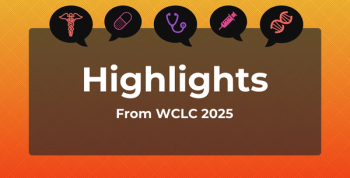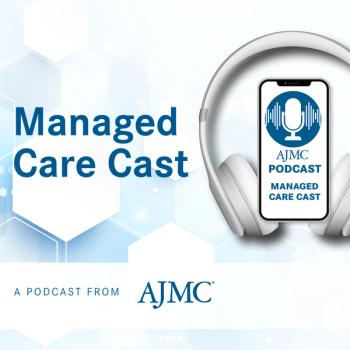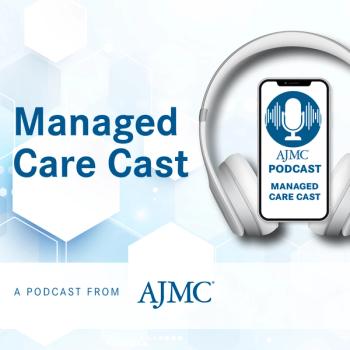
Conference Coverage
about 8 hours ago
ICYMI: Highlights From the 2025 ASPC Congress on CVD Prevention4 days ago
ICYMI: Highlights From AACR 20256 days ago
ICYMI: Highlights From ACCC 2025Latest Content

ICYMI: Highlights From the 2025 ASPC Congress on CVD Prevention

Higher BMI, IBD Linked to Hidradenitis Suppurativa Risk via Mendelian Randomization

FDA Approves Rucaparib in BRCA-Mutated mCRPC

Top 5 Most-Read Content From the Center on Health Equity & Access in 2025

House Republicans Block Vote on ACA Subsidy Extension

Shorts










Podcasts
Center on Health Equity & Access
Continuing Medical Education
All News

Twice-yearly depemokimab cuts asthma exacerbations in phase 3 trials for patients aged 12 and older with severe eosinophilic asthma.

Medicaid’s Institution for Mental Diseases (IMD) rule bars federal funding for psychiatric facilities with more than 16 beds, but findings indicate that state waivers allowing treatment of serious mental illness in IMDs do not increase overall psychiatric hospitalizations.

Intranasal etripamil was approved to self-treat episodes of paroxysmal supraventricular tachycardia, supported by phase 3 RAPID trial data.

Explore safe IBD treatment options for patients with chronic kidney disease, focusing on tailored approaches to optimize kidney health and medication efficacy.

A new study finds patients with unmet social needs like housing or transportation face higher ED and inpatient use and that resolving these needs may reduce utilization.

With ACA subsidies expiring, experts warn coverage losses could worsen access to behavioral health care and emergency department strains.

Our top conference coverage of the year highlighted findings presented at CROI 2025, ACCC Spring, and EHA, among others.

High response rates, strong R0 resection, and low severe adverse events with neoadjuvant therapy plus immunotherapy were identified in a rectal cancer study.

Our top content from the World Conference on Lung Cancer (WCLC) 2025 featured new therapeutic strategies for EGFR+ NSCLC and trial results on amivantamab.





















































